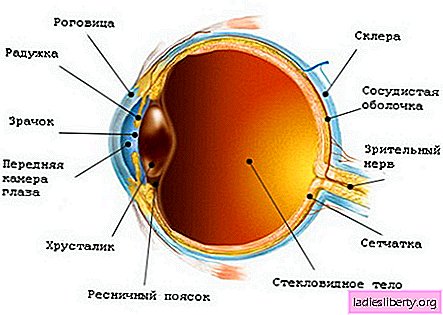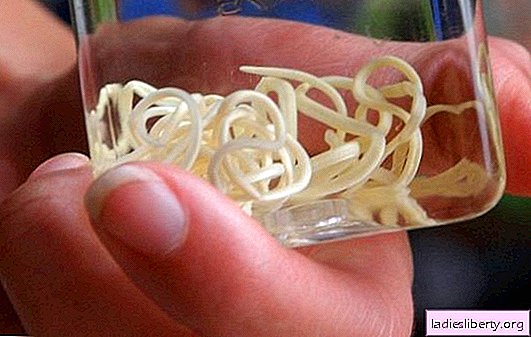
Glaucoma - a common group of eye diseases, which is characterized by a periodic or constant increase in intraocular pressure with the further development of typical visual defects, as well as a gradual decrease in vision and possible atrophy of the optic nerve.
In medicine, there are 2 main forms of glaucoma: closed-angle and open-angle. In addition, congenital, juvenile, secondary glaucoma is highlighted, which can be associated with a variety of abnormalities in the development of the eye.
Glaucoma - the causes of the disease
Glaucoma refers to multifactorial diseases with a threshold effect, that is, for the development of the disease requires a number of reasons, which together lead to the onset of the disease.
Among the most important factors include the following: heredity, individual characteristics of the body, anomalies in the structure of the eye, pathology of the nervous, cardiovascular and endocrine systems. Modern medicine believes that the development and progression of glaucoma is a whole consecutive set of a wide variety of factors that summarize in their action and activate the mechanism that leads to the occurrence of glaucoma. Unfortunately, to date, visual disturbances in this disease are not well understood.
Glaucoma - symptoms of the disease
Glaucoma rarely causes complaints. Anxiety usually causes an acute form of the disease.
The closed-angle form is characterized by the following symptoms:
- severe pain in the eye;
- rapid visual impairment;
- frequent headaches (especially from the side of the patient’s eye);
- nausea and vomiting;
- fear of the world.
Congenital glaucoma is additionally characterized by an increased size of the cornea and the entire eye.
Glaucoma - diagnosis of the disease
In the diagnosis of glaucoma, the determination of the level and regulation of intraocular pressure is of primary importance. The following diagnostic methods are distinguished:
- measurement of intraocular pressure using tonometry and elastotonometry;
- study of the outflow of intraocular fluid using tonography;
- study of the field of view using a variety of perimetric techniques.
Glaucoma - methods of treatment and prevention
Any method of treating glaucoma is aimed at normalizing intraocular pressure. Modern medicine offers 3 possible options:
- conservative treatment;
- laser;
- surgical.
The conservative (drug) method of treating glaucoma has significant drawbacks, as long-term use of drugs reduces their effectiveness. Eye drops need to be instilled at strictly defined intervals of time, which is not always the case. Drops have side effects: the progression of existing cataracts, worsening of the metabolism of the eye due to a decrease in the production of intraocular fluid, narrowing of the pupil. In addition, many medications are contraindicated for people suffering from cardiovascular and respiratory diseases. And most importantly, the struggle is with the symptoms, and not with the disease as a whole.
The most effective treatments for glaucoma are laser therapy and surgery. They are prescribed with a decrease in the effectiveness of drug treatment to form an additional outflow of intraocular fluid.
Prevention of glaucoma is given a lot of attention, since the earlier a disease is detected, the fewer consequences for vision will be treated. Preventive measures include examination by an ophthalmologist at least 1 time per year, which includes the measurement of intraocular pressure and determination of the field of view. Preventive measures usually begin at the age of 40 (if there is no hereditary predisposition).
Comments











